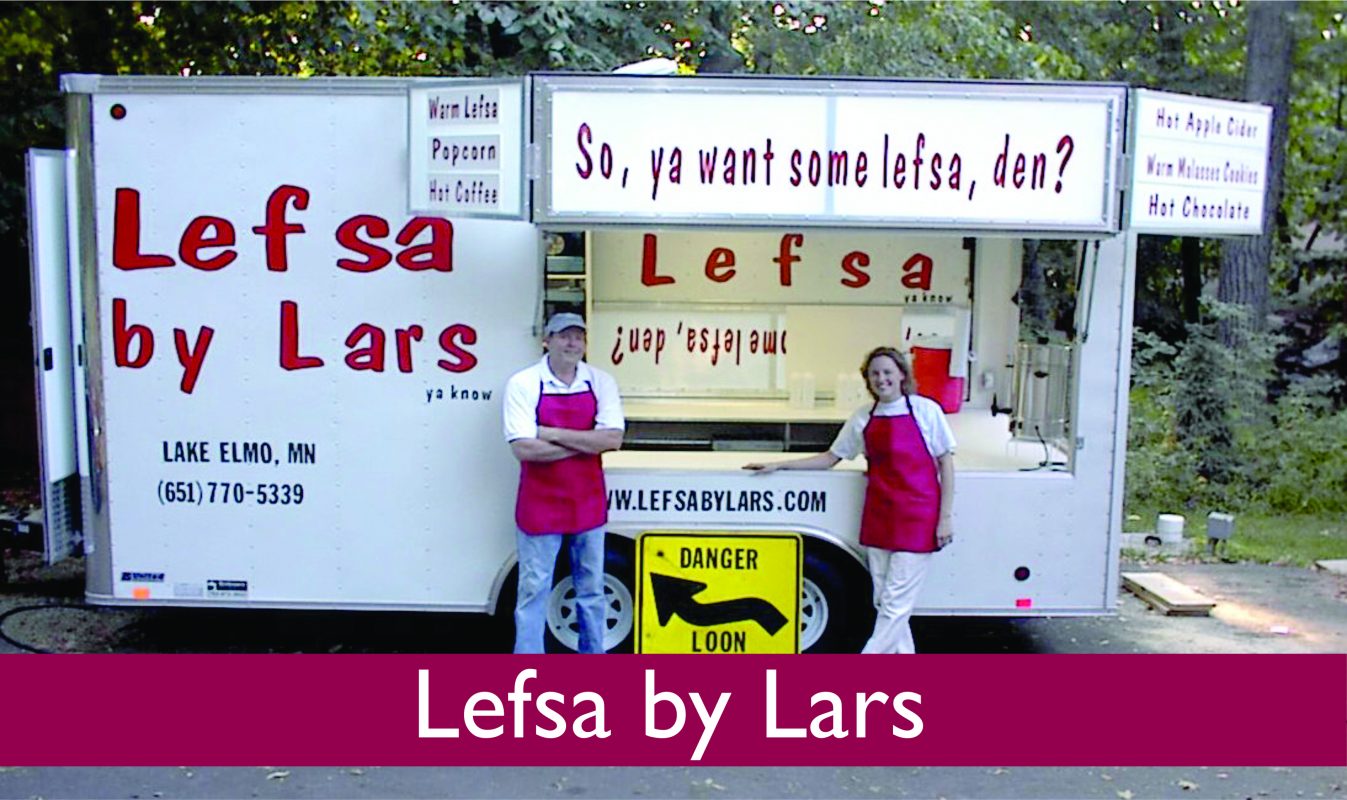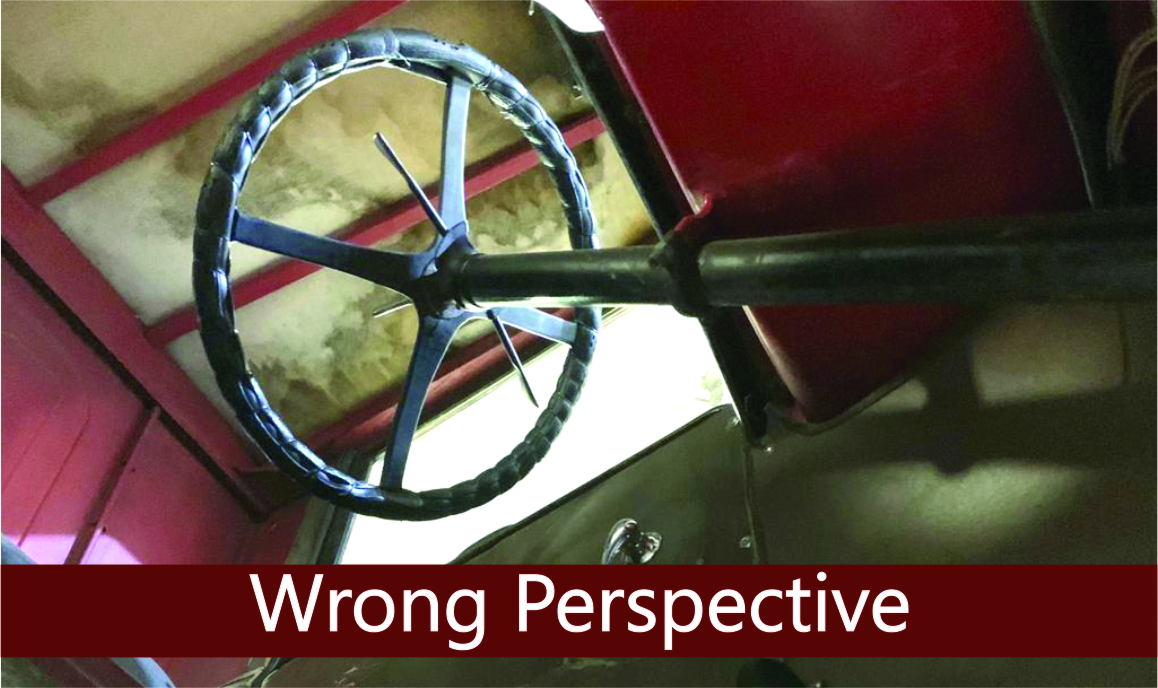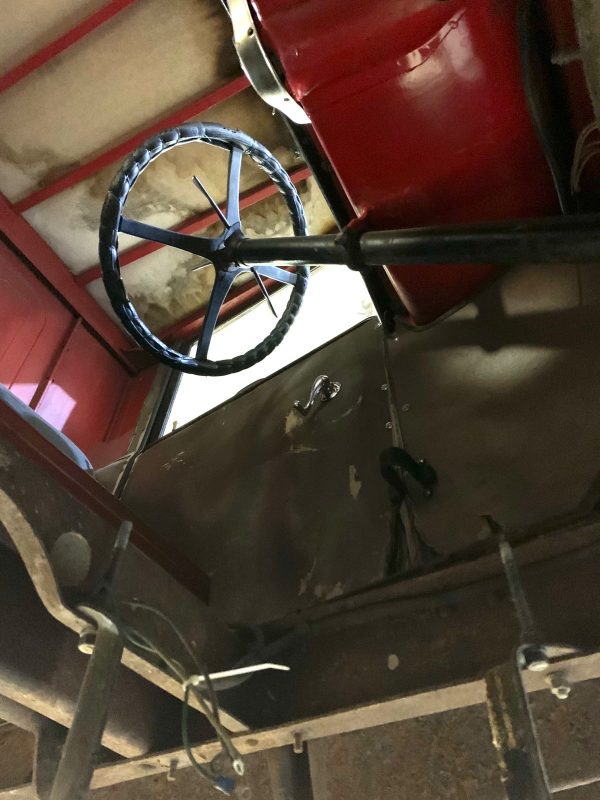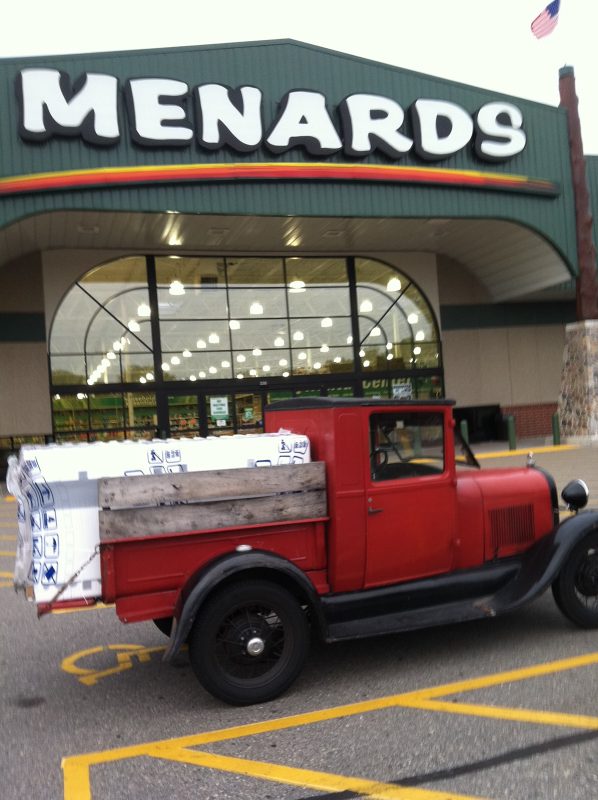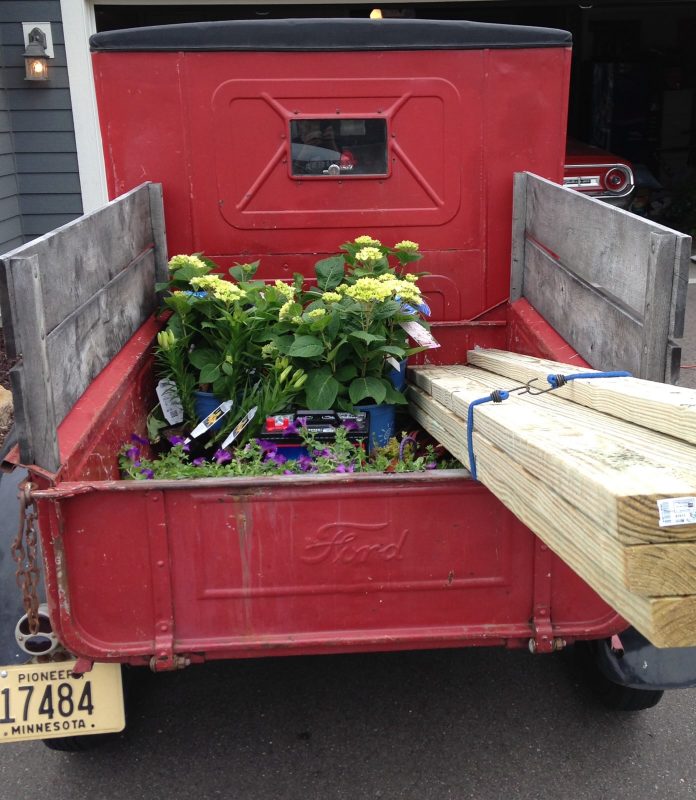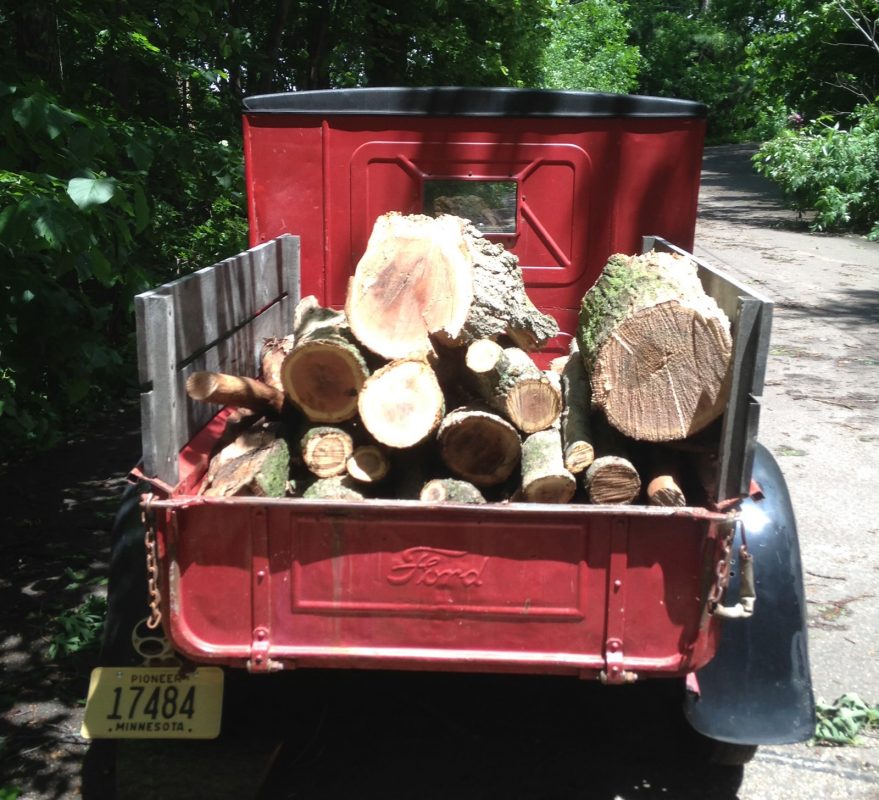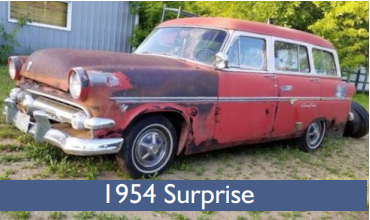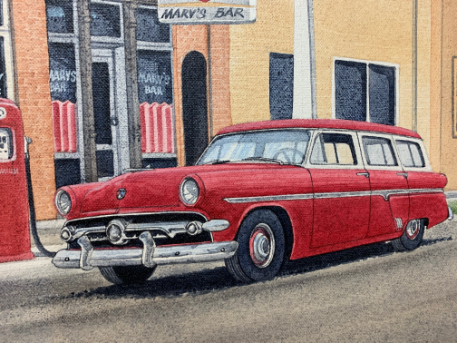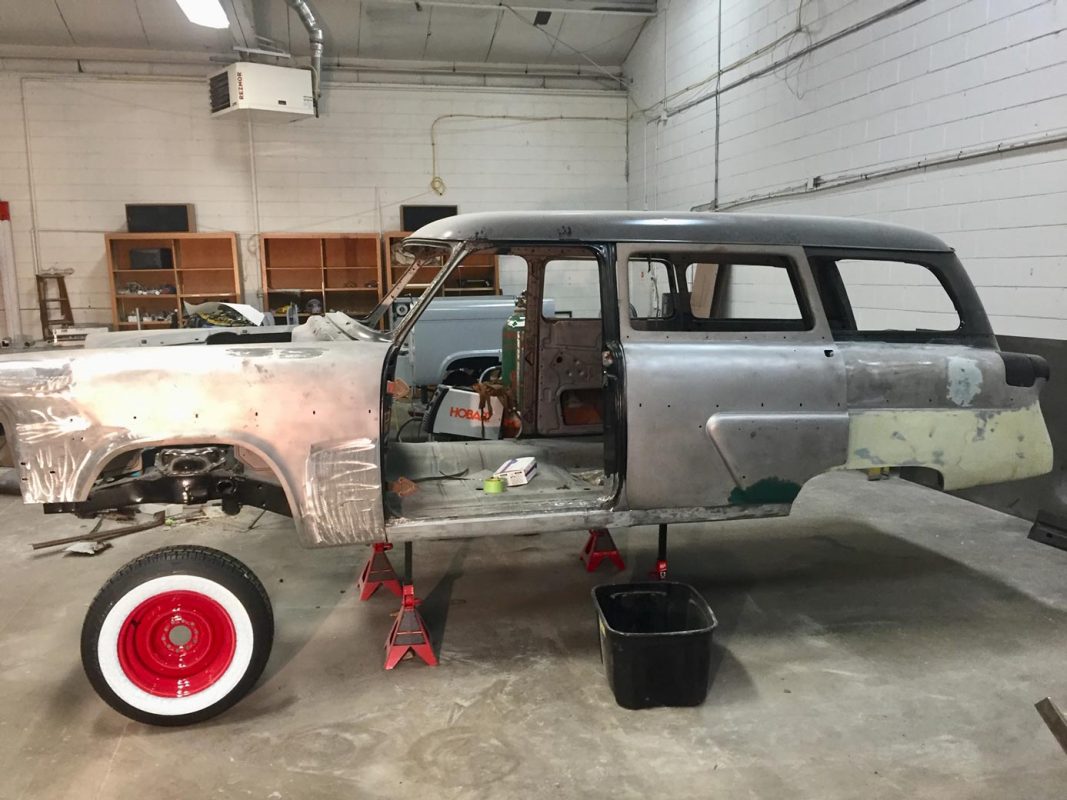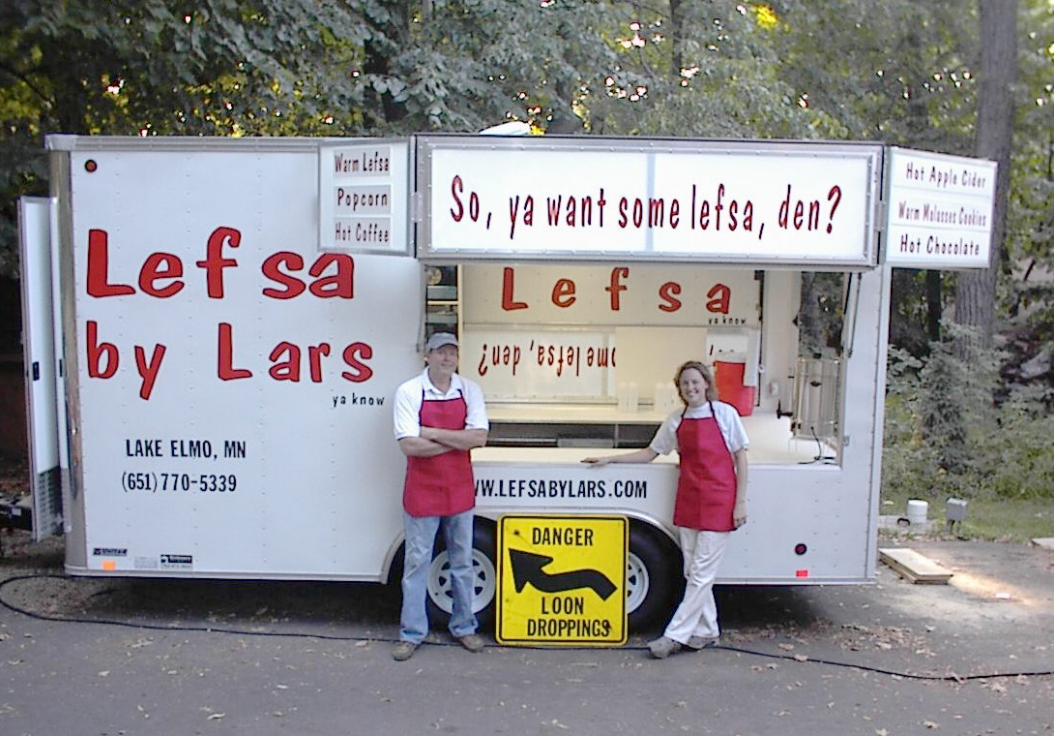
I used to have a wonderful job as Director of Client Services and Pricing for a technology company. I loved that job, partly because I believe that in a job, you love what you do well.
However, the company did so well that we got bought out by a bigger company, and they already had a full compliment of directors. I was on the street, with a modest nest egg, and no inclination to do the corporate thing again. So I bought myself a carnival wagon.
My concept was brilliant. I would become the traveling Lefse King. Nobody was doing it, leaving an untapped market niche all to me. It took me a couple years and dozens of ninety-hour weeks to figure out that no one was doing it because it was a really dumb idea.
And by having to explain to you what lefse is, I demonstrate proof-of-bad-concept, just like that. As it turned out, we had to explain what lefse was to nearly all of our customers. Every day, over and over… ‘well, it’s like a tortilla, but made with potatoes’… And yet I pushed ahead, in my determination to be the Lefse King. And I was the king, because, as it turned out, I’d run for the office unopposed.
Lefse is a potato-based dessert or delicacy, rolled out into flat, round pieces about as thin as, well, a tortilla. You dress it up with a little butter, or a lot of butter, and sugar, or brown sugar, or cinnamon and sugar, and it is truly to die for. I guarantee, you know someone whose grandma used to make lefse. Which, in fact, was one of our main obstacles. Hundreds and hundreds of potential customers would walk up to the booth, tell me that I spelled lefse wrong, and then tell us that no one could top their gramma’s lefse, so why should they waste two bucks by proving it? (Three bucks for the ‘Uffda size’, which hundreds of people also told me was misspelled.)

In my defense, I spelled it ‘lefsa’, as opposed to ‘lefse’, both of which are accepted spellings of the thing. I used ‘lefsa’, as it is a more phonetically correct spelling of the word, which, in hindsight, begs the question, if people can’t even pronounce it using the correct spelling, wasn’t my path to success already in trouble? I hate questions that are begged.
I’d ask those potential customers, “Is your gramma still alive?” The answer was generally ‘no’, which confused me. If gramma was dead, and presumably not making any more lefse, why not live on the wild side and waste two bucks in the off-chance that it might be as good? “It would interfere with my memories of gramma.” is what they’d say, over and over, in dozens of towns and dozens of county fairs. Lefsa by Lars was out to destroy the collective memory of gramma.
And even the seven people of Norwegian heritage who actually did part with their hard-earned two bucks (three bucks for Uffda), would still claim that while Lars made pretty good lefse, gramma’s was better. I’d ask, “What’s the date of that memory?” Generally, they’d say ‘thirty years ago, or so.’ At some point I should have shot myself, but I’m not a big Second Amendment guy. Eventually, I just stopped asking about gramma.
I bought the concession wagon on a lark. It was brand new, with lighted marquees, built-in counters, and all sorts of special features. I outfitted it with more counters and fridges and microwaves and sinks and shelves, and a list of other things longer than my longest line of customers.
I got a contract with the Minnesota Vikings. I made up the name on the phone with their marketing person, in response to her question, “What is your little business called? We like the Norse concept.”
I paused for several seconds to think, and replied, “Lefsa by Lars.” I guess I was going to be Lars. For the record, I did not pause to think for several seconds when I started on my path to being the Lefse King.
I was pumped. I had a contract with the frigging Minnesota Vikings, and a name, to boot. This could lead to me buying the Vikings one day.
I lost $1,100 on the first Vikings game. I hadn’t factored into my business plan the fact that the ‘selling window’ before Vikings games was basically one hour, and God himself couldn’t pump out enough lefse in an hour to cover the $1,500 per game concession fee, plus cost of labor, and of course, lefse. The Vikings offered me the exclusive rights to sell coffee on the Plaza before subsequent games, and I bought all the required equipment.
I lost $1,100 on the second game, it being the warmest autumn on record, and Lars selling three cups of coffee. Customers were lined up twenty people deep at our wagon, asking for brats.
For the third game, I brought lefse, coffee, and brats. We offered brats wrapped in lefse, or in traditional buns. We’d pitch the lefse-wrapped version to every customer, and every customer replied, “What’s lefse?” We’d ignore the ignorant question and yell over our shoulders to the preparers, “Brat in a bun!”.
I cut my losses to $1,050 for that third game. The next week was a bye week for the Vikes, and I spent the time getting a local bakery to cook up a hundred dozen of my mom’s amazing molasses cookie recipe. Per the photo above, the cookies were called ‘Loon Droppings’, sure that the Viking fans would embrace ‘Loon’ with even more excitement than lefse. We also offered the larger ‘Moose Droppings.’ For no extra charge, we offered ‘plain or gooey’, wherein we’d drizzle white frosting on the loon / moose droppings. We were selling our edibles to football fans, and figured the grosser, the better.

I only lost $1,000 on the fourth game, and after burning out two calculators and an abacus, I learned that there weren’t enough games in the season to get down to ‘break even.’ As luck would have it, me being the luckiest sum’ bitch you ever met, the Vikings marketing staff didn’t get around to sending me my contract until the day before the fifth game, and I opted out of the rest of the season, which saved me around $16,000.
My business plan also neglected to consider what I’d do all winter, when there was no need for concession wagons in Minnesota. For an hour or so, I pondered the possibility of traveling south, until I figured out that if I couldn’t sell lefse in Minnesota, Texas was probably not a better market. I could have changed the name to ‘Potato Tortillas by Lars’, but that just didn’t have a ring to it, and there’s way too much debate about the proper spelling of ‘potato.’
Through the winter, I signed up for every county fair in Minnesota, paying each one their $500 concession fee. I also won a berth at the Taste of Minnesota. I eliminated my labor costs for the fairs by traveling alone. At those events, if I had to pee, I’d leave the wagon open and head to the restrooms, unafraid that anyone would sneak into the wagon and steal my lefse, or my empty cash box. I worked ninety hours a week during fair weeks, what with stocking the wagon, travel, and twelve hours a day on-site. I slept on the floor in the wagon, comforted by the close presence of a lifetime supply of lefse.
We got a contract to vend for ‘Hoostefest’, an annual Scandinavian event at the North Dakota State Fair grounds in Minot. My business plan did not factor in travel expenses, and my truck got 5.75 miles per gallon pulling the lefse wagon. My daughter Sarah came with to help man the trailer, which meant two (rather sleazy) motel rooms. And the moment we opened the serving window, we were engulfed by bees. Not dozens, or hundreds, but tens of thousands of bees, apparently attracted by the lefse. My business plan did not count on bees liking lefse more than people.
At the time, we also didn’t consider that our frantic and constant waving of our arms was actually shooing customers away, but with no effect on the bees whatsoever. We sold no lefse at frigging Hoostefest in frigging Minot, North Dakota, which was 874,000 miles away from where we’d started from, at 5.75 miles per gallon.
However, we killed it at Lumberjack Days in Stillwater, MN later that summer. Stillwater is a town of 19,404 souls, but the event organizers had made the mistake of booking Lynyrd Skynyrd for their Saturday night show. Seventy-thousand people showed up for Lynyrd Skynyrd. My wife and kids and I worked the wagon ourselves, with no paid help. Our shortest line was twenty people deep, and whenever anyone in line said, “What…”, Dan would yell back to us, “Brat in a bun!”, rather than explain to the customer. We were exhausted to the point of crying. We had a doctor come over to give us cortisone shots, or straight heroin. Whatever it was, it seemed to work.
I was ecstatic. We’d actually made money at an event. Even though we each worked fourteen hours a day for five days straight, the trajectory of Lefse by Lars had finally changed course.
Until I counted the money. Five very long days, lines all the way down to the St. Croix River, the biggest crowd in the history of Stillwater, tears, shots, and insults, and we made a total of $500.
I sold my concession wagon the following week, and got a part-time job at Menards assembling patio furniture.

